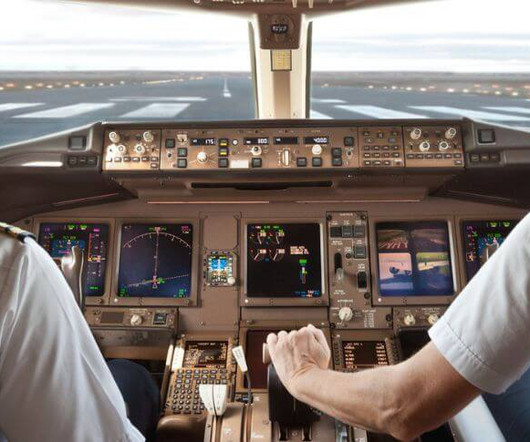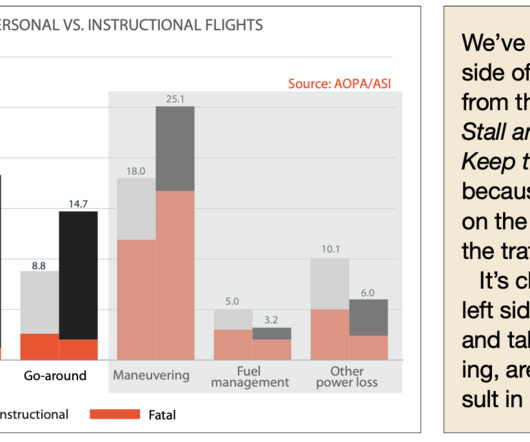Step-by-Step Guide: How to Land a Piper Seminole Safely
Pilot's Life Blog
JANUARY 5, 2025
Approach speeds typically range from 80 to 90 knots depending on weight and flap settings, while full flaps are often used to provide the necessary lift during landing. The aircrafts landing gear is retractable, which must be extended during the final approach. The final approach is a delicate balance of power, pitch, and speed.















Let's personalize your content